Local success stories in the fight against privet
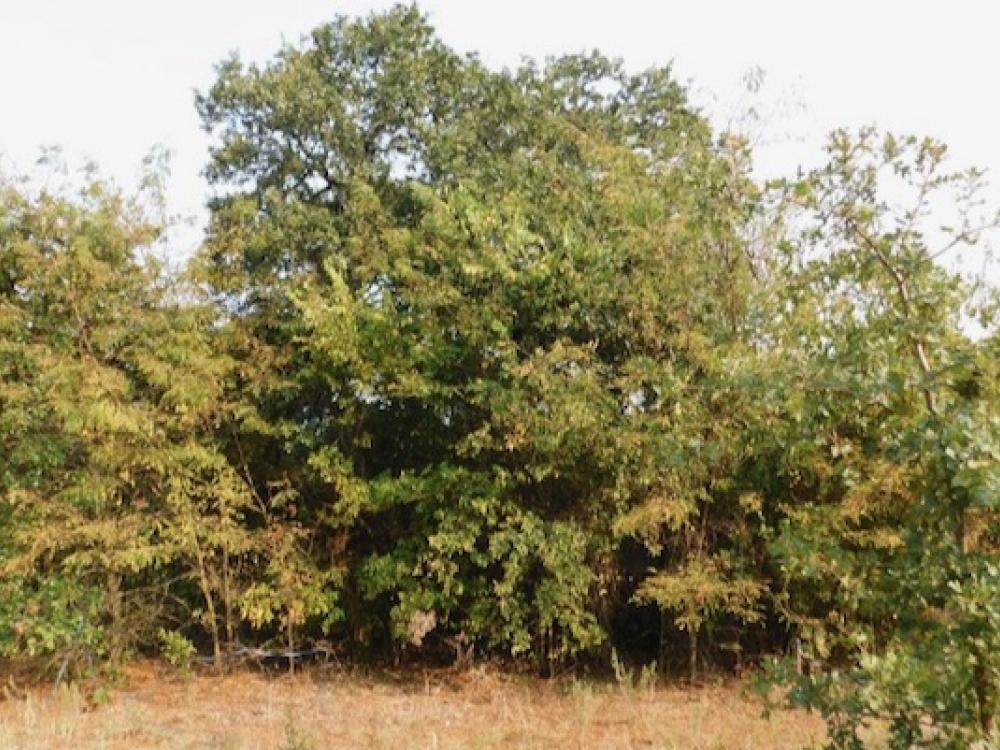
Some large post oaks at Sheri Capeheart Nature Preserve in Arlington were engulfed by privet. See how volunteers freed one of the oak trees in photo at the end of article. Photo by Jim Frisinger.
Privet continues to be a formidable foe for park managers and volunteers as Amy Martin chronicles in her in-depth feature story. But staff and volunteers at seven parks and preserves in North Texas are determined to thwart privet dominance and share their successes and unique challenges. Read their stories below:
FORT WORTH NATURE CENTER AND REFUGE, FORT WORTH
Daniel Price, natural resource manager:
“Our feelings about privet? Well, it’s fairly simple: we HATE it! Although we are working hard to remove as much privet as possible, we also know that our overpopulated deer herd depends on it as a food source during the late winter months.”
“We have been focusing on removing as much privet as possible on our trails, roadways and specific target areas.
“We recently were awarded a grant from U.S. Fish and Wildlife Service to target a 75-acre project area to remove all the privet understory with mulchers to restore the area to a Post Oak Savannah.”
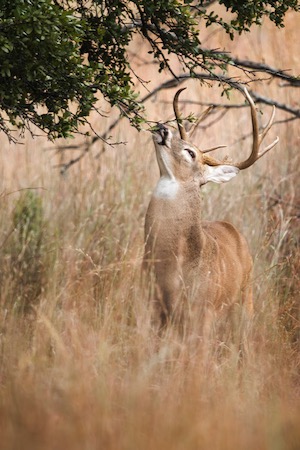
“We have tried pulling it by the roots, which is effective for a year or two, but seeds and missed plants re-sprout and it’s an issue again within a few years. We sometimes just cut and mow it, but they need to be cut again in that three to five-year range. If you don’t cut it back soon enough, it will contribute to the producing of berries and spread.”
“We have cut and treated stumps but if you miss even a single stem, we didn’t solve the problem. Over the past couple years, we have found that cutting and removing the privet then following up that area with herbicide on regrowth during the winter months has been the most effective for us.”
“Last year when we shut down for Covid, we cleared about a 1.5-mile stretch of road on both sides with a skid-steer to create a view looking out to Greer Island Bay. The foliar spraying of glyphosate during the winter months did not impact native grasses or forbs, due to the vegetation being dormant.”
TWELVE HILLS NATURE CENTER, DALLAS
Marcie Haley, Twelve Hills director:
“We have the balancing act of removing privet while maintaining habitat. We remove a few thickets a year and try to get native shrubs growing and make brush piles in the meantime. It’s worthwhile to remove and discard the privet berries.”
“A lot of privet has been dug out. It’s a long, tedious process but effective. Even then, you might have to come back and remove it again. First-year privet is easily pulled when the soil is damp.”
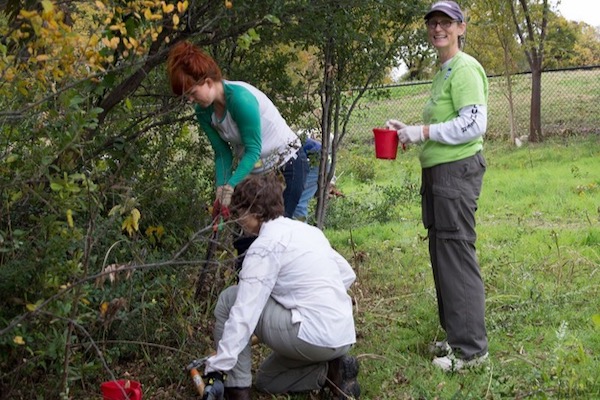
“The privet in certain areas has been mowed over for years and has a big root system. We cut these plants down and dig out as much as possible, then put herbicide on the root that remains.”
“Twelve Hills has privet on the edges and in thickets. We need to keep a barrier along the border in the back of Twelve Hills on the Timbergrove Circle alley side. Privet grew up on its own there and prevents visitors from looking into the neighbors’ backyards. We’ll gradually replace it with native shrubs.”
Twelve Hills Nature Center has workdays every Sunday. Details here.
NED AND GENIE FRITZ TEXAS BUCKEYE TRAILS, DALLAS
Kristi Kerr Leonard, restoration team leader:
“In the Bonton Woods, and specifically on the Ned and Genie Fritz Texas Buckeye Trail, we have a serious problem with Ligustrum sinense. It is choking our lovely and special Texas Buckeye tree grove.”
“The buckeyes are in so much danger of being choked out that it will take a while to liberate the main trees. We have decided not to cut privet near the Trinity River as we cannot damage the bank by privet removal and worsen erosion.”
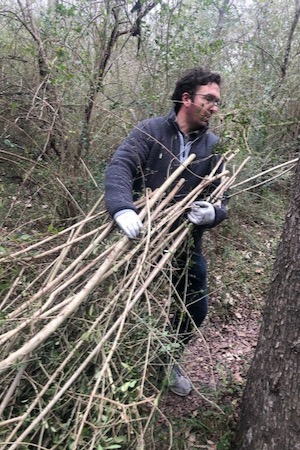
“Privet also made the dirt trails hard to see and people kept getting lost. The police and park departments were getting too many calls. We are making the section approaching the buckeyes three feet wide.”
“We cut the privet back and drag it out on tarps so the trail is easy to follow. Parks has promised to go to the site after workdays, re-cut privet and apply herbicide.”
“Closer to the buckeyes, we use only North Texas Master Naturalists and others who are trained in native plants and can identify even very young buckeyes. We cut privet to eight inches above the ground, mark with blue bio-degradable tape and drag cut privet away — one and a half miles!
To participate in Buckeye workdays, visit their Volunteer Signup page.
CEDAR RIDGE PRESERVE, DALLAS
Tom Willard, restoration manager:
“We have one volunteer whose life’s mission is to eradicate privet. He is focused mostly on the privet in the woods along the trails. We use stump pullers or jumpers on medium-size singles and clumps. We cut and then treat the big stuff with Remedy. Pulling regrowth and seedlings after a rain works pretty well.”
“Only Texas Department of Agriculture licensed commercial pesticide applicators administer herbicides. We are judicious in our use of herbicides. It is vital to follow up our work with more pulling, cutting and treating to clear an area effectively. Otherwise, many of the areas look like they’ve never been touched in three to five years.
“Volunteers do all our work. We had well over 400 hours of privet eradication work done last year. Right now, I’m focused on removing privet in the prairies (among other things) and the others are working in the woods.”
“As with all invasive plant removal, follow-up is of utmost importance. My advice is to start small and expand as you control the second and third regrowths. Once an area is fairly clear, patrols can quickly remove random new growth.”
To participate in Cedar Ridge Conservation trail workdays on third Saturdays, contact: info_CRP@yahoo.com.
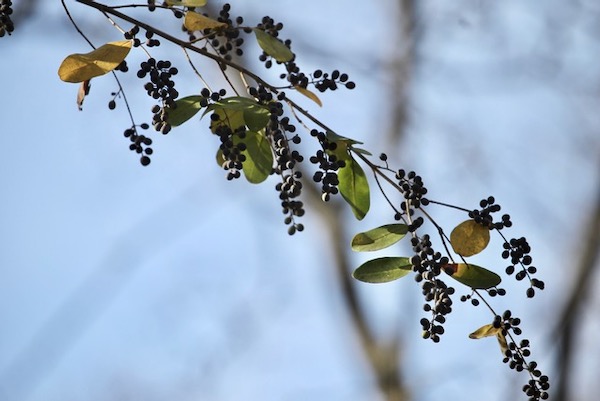
HEARD NATURAL SCIENCE MUSEUM AND WILDLIFE SANCTUARY, MCKINNEY
Rick Travis, Texas Master Naturalist tree instructor:
“From my experience, privet is by far the most significant invasive tree issue in DFW. Realistically speaking, privets are so pervasive one should think of control versus eradication. I recommend removal in areas where they’re present but haven’t begun pushing out the natives.”
“I advocate pulling seedlings. If the saplings are small, pull them up manually or using a grubbing tool, but be sure to get all the roots. Follow up with immediate, and I do mean immediate, application of a systemic herbicide on the stumps. Applying an herbicide significantly reduces regrowth but doesn’t always eliminate it. Sometimes you have to hit them a couple of times.”
“Girdling [removing a band of bark and underlying cambium so tree fluids can’t circulate] isn’t usually practical for Chinese and quihoui privets because of their multiple trunks. However, glossy privet tends to grow with a single trunk or a couple of trunks, so girdling can be a great option. It’s a slower process versus cutting, and it takes longer for the tree to die, but you avoid the need to use herbicides.”
To join Heard workdays, visit the Blackland Prairie Texas Master Naturalist chapter calendar for details.
SPRING CREEK FOREST PRESERVE, GARLAND
David Parrish, volunteer:
“We cut and treat stumps plus stump pop where possible. Our efforts have kept privet manageable in some areas, like 1787 Holford. Other areas like behind Academy Sports have significant concentrations of privet.”
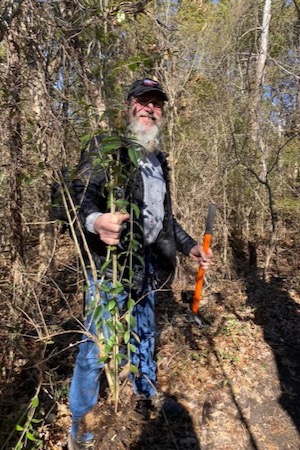
“In areas that regularly flood, such as the swale behind Naaman Forest High School, we have lower densities of small-leaf privet, as compared to the hillsides behind Academy Sports. We are starting to see (and are addressing) more Amur honeysuckle in these low-lying areas.”
“My experience and research show that where flooding and wet soils hold privet back, Amur honeysuckle just doesn’t care. It’s like invasives plot with each other.”
To join Spring Creek workdays, visit the Preservation Society for Spring Creek Forest website and sign up for their newsletter.
SHERI CAPEHEART NATURE PRESERVE (formerly Southwest Nature Preserve), ARLINGTON
Jim Frisinger, volunteer:
“We are at a very early stage in how to address it, but recognize we must manage privet before it gets out of control as it has in some other DFW parkland.”
“It is scattered in many places. We have removed some privet, mostly while we clear understory woody plants as part of a 2.4-acre prairie restoration project on the north side. ”
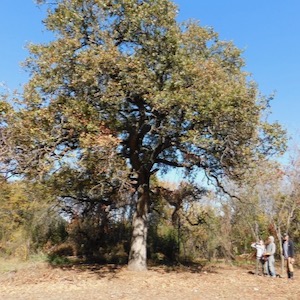
As we become more familiar with the preserve (it’s still just eight years old!), we are finding more privet.”
To join in the workdays, visit the Friends of Sheri Capehart Nature Preserve website and sign up for their newsletter.
RETURN TO PRIVET PART ONE.
RELATED ARTICLES
How North Texas natural areas are fighting privet
Climate change is affecting Texas native plants, says prof
Invasive beetles could devastate North Texas trees
Stay up to date on everything green in North Texas, including the latest news and events! Sign up for the weekly Green Source DFW Newsletter! Follow us on Facebook and Twitter. Also check out our new podcast The Texas Green Report, available on your favorite podcast app.





